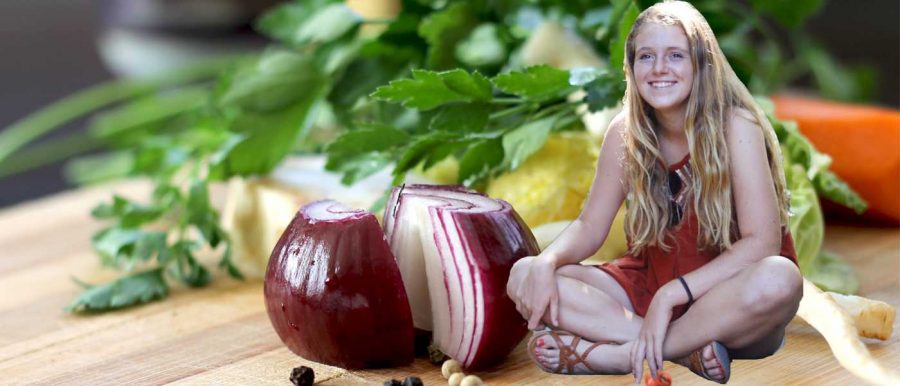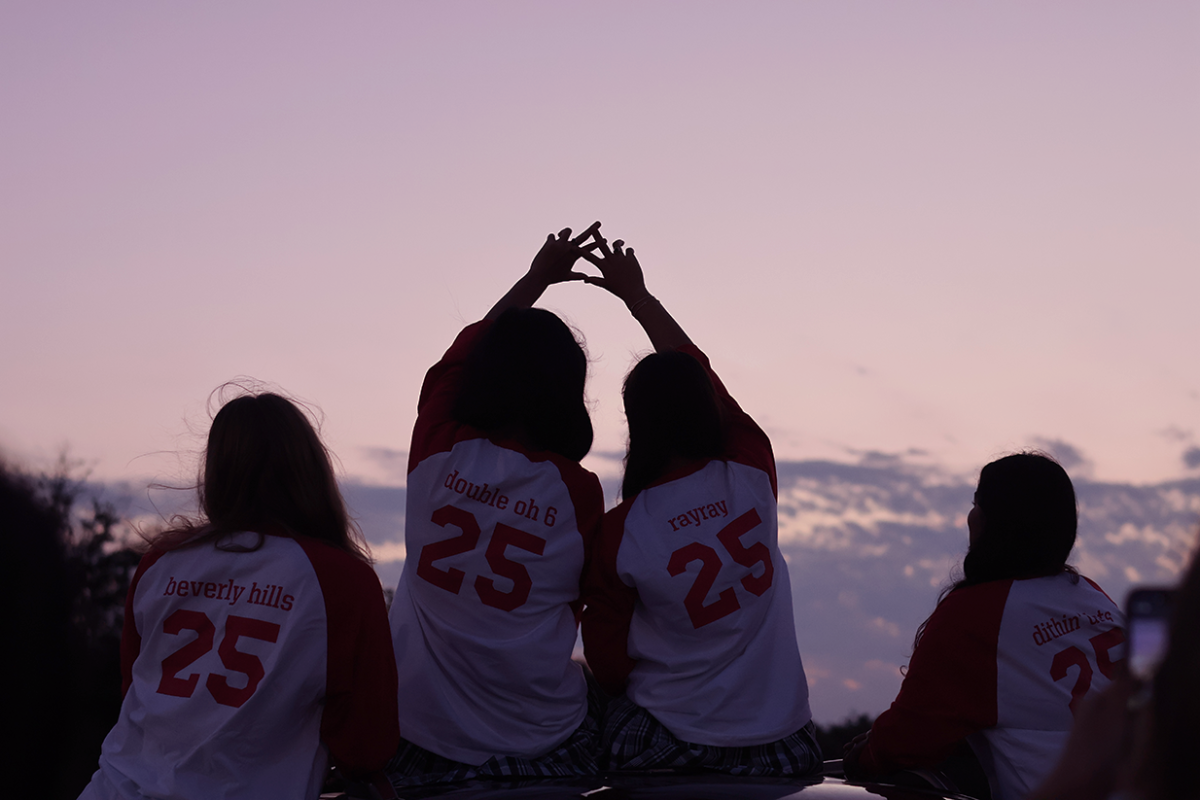Strong bones. Big muscles. 6 feet tall. All a result of drinking…milk?
Well, not exactly. Today milk is a processed food. The idea that you will grow taller and stronger just from drinking milk may not be completely truthful.
Milk has become more than just a drink. It is a cultural phenomenon, spread for years by advertising such as the famous ‘Got Milk?’ campaign, which displays popular athletes, models, and movie stars holding a glass of milk. Is this not similar to cigarette advertisements, using celebrities as a ploy to attract buyers, disregarding the side effects?
People often try to inform me that “it doesn’t even hurt cows” to harvest their milk. My response is this: it is not our milk to take. The vast majority of the milk we drink comes from a factory in which a cow is impregnated using in vitro fertilization, trapped in a steel cage, and squeezed for everything it has.
While this is clearly cruelty to one animal, harvesting a cow’s milk in fact impacts two animals – the calves, now deprived of milk, are often pumped with steroids in substitution for nutrients, a much less preferable alternative to the former. Milk exists for one purpose: to provide nutrients for calves, not for us.
A common conception about milk stands under the belief that protein and calcium-rich drinks are essential to strong bone health and growth; however, our bodies do not absorb much calcium from cow’s milk, especially when pasteurized.
Some speculate that milk may actually increase calcium loss in bones because like all animal protein, milk triggers an increase in pH. In order for our bodies to restore themselves to their equilibrium state, they take calcium directly from our bones, leaving us with less calcium and weaker bones after our milk and cookies.
Some statistics show that countries who drink the most milk have the highest rates of osteoporosis and highest fracture rates. Though this may be a pattern of correlation and not causation, the United States stands at the top of that statistic.
However, good news comes in the fact that there are tastier and healthier substitutes at just about every supermarket! I have preferred almond milk for years because it tastes better, sweeter, has more calcium (that our bodies can absorb) and protein, creamier, mixes better in coffee and pairs better with cereal. Soy, cashew, flax, hemp, rice and sunflower milk are also incredibly delicious! Truth is that you can really milk anything, so let’s stop milking cows.







